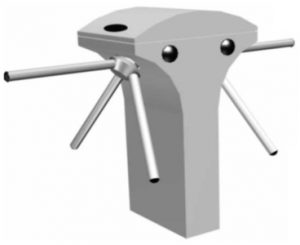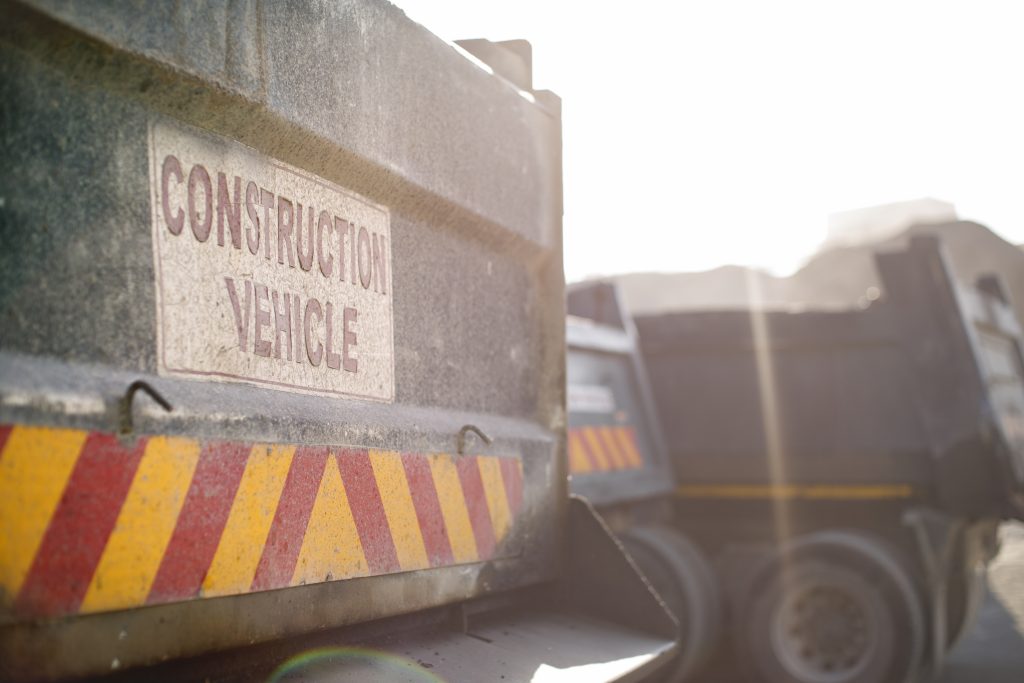 Here at MA Security, one of the main services we offer our clients is supplying them with experienced ticket and turnstile operators for events and festivals. With this in mind, we thought it would be fun to look at the origins of the humble turnstile and it’s evolution into what we know today.
Here at MA Security, one of the main services we offer our clients is supplying them with experienced ticket and turnstile operators for events and festivals. With this in mind, we thought it would be fun to look at the origins of the humble turnstile and it’s evolution into what we know today.When we think of turnstiles they conjure up pictures of places like amusement parks, train stations, and sports stadiums (particularly football). Although the idea is to limit entry to one person at a time this is a far cry from their original purpose.
Turning on the style – or should that be stile?
The original turnstile would have dated back centuries – Undoubtedly to the first millennium in England and would have been used by farmers. In those days farmers kept both cattle and crops and in order to move from one to the other while keeping cattle out, the farmer would have built stone steps (known as a STILE) in his wall. Generally it consisted of two simple steps up, a short platform and two steps down.
At some point the farmer would have got fed up with traversing up and down steps every time he wanted to go from field to field, so one enterprising farmer took the initiative and plunged a post in the ground and mounted a wooden cross on the top. He placed a long spike in the centre of the cross enabling it to turn like a propeller – and so the name TURNSTILE was born. Naturally it did the job of keeping the cattle out while access from one field to another became much easier.
Wait your turn!
For the next thousand years or so, turnstiles were pretty much the domain of a farmer and his cattle, that is until 1913 when American Clarence Saunders first installed them in the world’s first self-service supermarket, bizarrely known as the Piggly Wiggly Store in Memphis Tennessee. As a new concept, the selective entry system was installed to avoid overcrowding in the 605 product 4 aisle shop as bedazzled customers were enthralled with the concept of serving yourself.
Everywhere you turn!
From that point on, turnstiles were used as the number one way to control entry and avoid overcrowding. As such within a few short years they were used on everything from buses and trams, to banks, attractions, and sporting venues. Suddenly turnstiles were about as common place as that iconic children’s toy, the teddy bear.
Modern day styling
Nowadays invisible turnstiles are used to count people in and out of venues or areas using infra-red beams, while elliptical turnstiles are used to detect intruders by setting off an alarm when the barrier is broken. Sweeper speed gates are sleek, stylish, and sweep open when the panel detects a movement.
As you can see the humble turnstile has come a long way, but is still as important today in controlling exits and entry as it was back when the first farmer decided that he’d had enough of climbing up and down steps. Remember if you need a skilled team to organise your security, particularly your ticket and turnstile control then come and talk to MA Security on 1300 020 406. We’re the experts at event security.

